Tackling the Fear of Motorcycles: A Must-Read for Every Rider
Fear Of Motorcycles Unlocked - A Must-Read
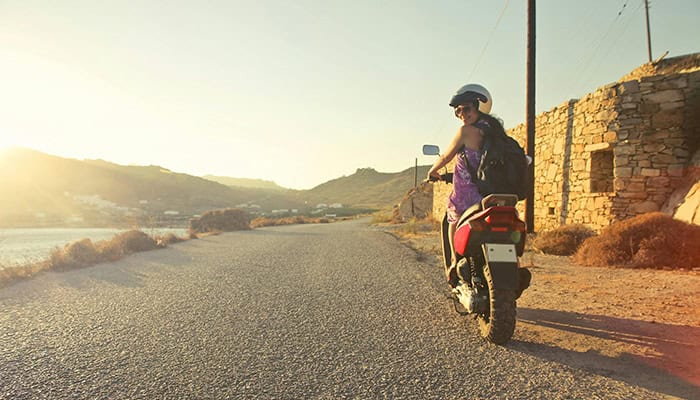
As a rider, the fear of motorcycles can be a significant barrier that prevents many from fully embracing the joy of riding a motorbike. I experienced this firsthand during a track clinic at Willow Springs, where my own trepidations were put to the test. This fear isn’t just about safety; it’s about the worry that it might stifle our personal growth and the sheer enjoyment of riding. Acknowledging and confronting this fear is crucial, as it opens the door to overcoming challenges and discovering the exhilarating freedom that comes with mastering a motorbike. This article is a deep dive into the various fears that plague riders, from the anxiety of crashing to doubts about handling a bike’s power or navigating through bad weather.
Fear of Motorcycles Crashing
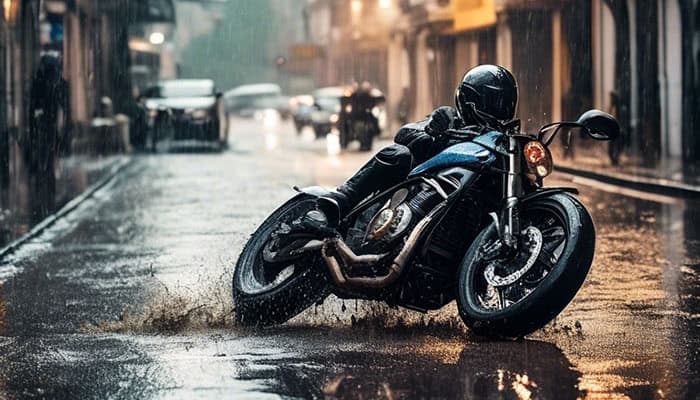
Understanding the power delivery of your motorcycle is pivotal in conquering the fear of crashing. Here’s how you can familiarize yourself with your bike’s power and handling:
- Power Delivery and Throttle Control:
- Know Your Bike: Recognize if your motorcycle’s throttle transitions are smooth or abrupt. This depends on the bike’s mapping and jetted configuration.
- Roll On Gradually: Practice rolling on the throttle in a straight section of the road to adapt to your bike’s power delivery.
- Adjust Power Modes: Modern motorcycles come with adjustable power delivery modes. Utilize these to manage power more effectively.
- Physical Limitations: Consider throttle stops, restrictor plates, or changing sprockets as methods to limit your motorcycle’s power, if necessary.
- Managing the Friction Zone and Cornering:
- Friction Zone Mastery: The initial resistance when power transfers to the rear wheel is crucial. Practice managing this zone to prevent losing control.
- Cornering Techniques: Enter corners wide with conservative speeds, look and think ahead, and gradually add throttle as your lean angle decreases to maintain control.
- After an Accident:
- Reflect and Learn: Evaluate what happened in the accident and think about what could have been done differently.
- Gear Up: Invest in quality gear and ensure your motorcycle is in top condition before getting back on the road.
- Ease Back Into Riding: Choose a clear day and a familiar route with light traffic for your first ride post-accident. Riding with friends can also boost confidence.
- Continuous Practice: Rewire your brain through consistent practice and training to replace negative reactions with proper techniques, focusing on one skill at a time.
Remember, the fear of crashing can motivate you to become a better rider if used to your advantage. Regular maintenance, wearing the right gear, and practicing safe riding techniques are key steps in mitigating this fear.
Fear of Poor Handling in Bad Weather

Riding a motorcycle in bad weather, especially rain, introduces a unique set of challenges and requires a specific skill set for safe navigation. Here’s how to tackle these conditions with confidence:
Gear Up for the Weather
- Helmet and Visor: A full-face helmet is a must. Apply Rain-X on the outside for clear vision and an anti-fog coating on the inside. Consider a pinlock system to prevent fogging.
- Visibility: Wear high-visibility clothing with reflective elements. Opt for bright or light-colored gear instead of dark. Upgrade your bike’s lighting with LED flood lights or dual HID headlights, adhering to local laws regarding the mounting and use of additional lights.
- Clothing: Invest in quality rain gear that can withstand heavy precipitation and wind. Test your gear before long trips. For maximum protection, consider agricultural-grade wet weather gear. Wear latex gloves inside riding gloves and “yuck” boots or weatherproof boots for dryness.
Mastering Rain Riding Techniques
- Road Awareness: Understand that rainwater reduces pavement grip and prevents tires from warming up efficiently. Be wary of hazard zones like tarred pavement, slick asphalt, and intersections where oil accumulation is common. Avoid puddles and shiny surfaces that indicate oil or other slippery substances.
- Traction Testing: To gauge traction, carefully use the rear brake to the point of lock-up briefly. This helps you understand how much grip is available. Use rainbows on the road as a guide; they often indicate oil pools.
- Handling: Maintain a loose grip on the handlebars, allowing the bike to navigate small bumps more effectively. Perform riding actions separately and gradually to avoid sudden movements that could lead to loss of control.
Strategic Riding in the Rain
- Following Distance: Increase your following distance to allow more reaction time. Ride defensively, assuming other drivers may have difficulty seeing you.
- Visibility Enhancements: Consider adding extra LED lights or reflective tape to your bike. Use eyewear with yellow or orange lenses to improve visual acuity in low light conditions.
- Avoid Extreme Weather: If lightning is present, it’s advisable to find shelter. Be prepared to lean into crosswinds to maintain balance, or parallel larger vehicles to use them as windbreaks.
By equipping yourself with the right gear, mastering rain riding techniques, and adopting strategic riding practices, you can transform the experience of riding in the rain from a daunting challenge to an enjoyable part of your motorcycling adventure. Remember, preparation and the right mindset are key to overcoming the fear of poor handling in bad weather.
Fear of Not Being Able to Handle the Bike’s Power
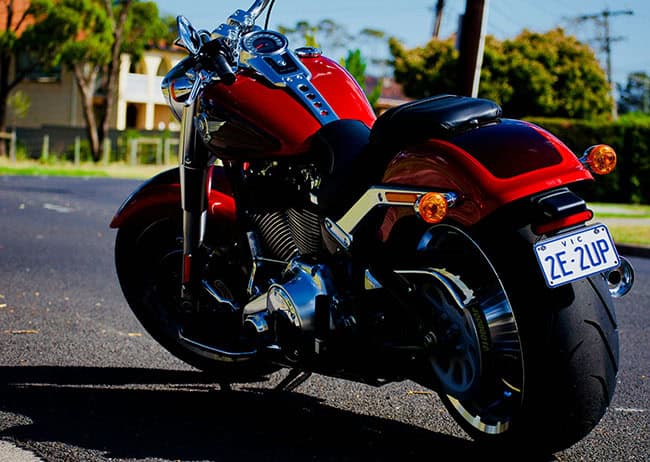
Overcoming the fear of not being able to handle your bike’s power is a journey that begins with small, manageable steps. Here are some strategies that have helped me gain confidence and could assist you too:
- Start with Smaller Bikes:
- Begin your riding journey with scooters or mopeds. These vehicles are less intimidating and easier to manage, making them perfect for beginners.
- Gradually increase both the distance and speed as you become more comfortable. This progression allows you to build confidence at your own pace without feeling overwhelmed.
- Regular Practice and Familiarization:
- Dedicate time to get to know your motorcycle. Understanding how it responds to different inputs and situations is crucial.
- Engage in regular practice sessions. This could be anything from riding in a safe, controlled environment to taking your bike out for short rides in familiar areas. The key is consistency and repetition.
- Ride Slow and Practice Handling:
- In the initial stages, prioritize riding slow and mastering control over trying to handle the bike at high speeds.
- Practice handling various situations such as sharp turns, sudden stops, and navigating through traffic. This hands-on experience is invaluable and will significantly improve your riding skills.
By following these steps, I noticed a significant improvement in my confidence and ability to handle my motorcycle’s power. It’s important to remember that mastering motorcycle riding is a gradual process that requires patience, practice, and persistence.
Fear of Judgment by Other Riders
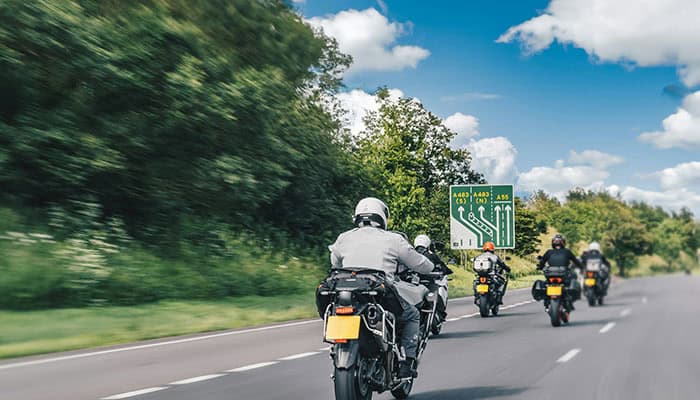
Dealing with the fear of judgment by other riders can be a challenging aspect of motorcycling, but there are strategies to navigate this social hurdle confidently.
- Handling Rude Motorcyclists and Drivers:
- When encountering rudeness, the best course of action is to let it go and continue riding safely. Ignoring provocations can often diffuse the situation, as those seeking a reaction won’t get the satisfaction they desire.
- To maintain your calm, it might help to have a set of calming phrases ready. Quietly saying to yourself, “driiiiiiivveeee” or “why are you in the freaking fast lane?” can offer a moment of levity and prevent you from engaging negatively.
- If a rider is disrespectfully using your property, address it promptly and firmly by asking them to leave. Always remember, permission is a must before sitting on someone else’s bike due to the strong protective instinct riders have towards their motorcycles.
- Understanding Group Dynamics and Personal Judgment:
- Different motorcycling groups have their own cultures and expectations, which can sometimes lead to judgment. It’s essential to recognize that group rides might showcase varying riding styles and potentially cause tension.
- Your personal judgment plays a role in how you perceive others’ judgments. Being aware of this bias can help you approach group riding with a more open mind.
- Judgment might also arise from the type of motorcycle you choose. Understanding that every rider has their preference and that it doesn’t define skill or passion is crucial.
- Overcoming Bias and Building a Supportive Environment:
- To address bias, identify negative factors and counter them with solid evidence, such as photographs, diagrams, measurements, and testimonies that demonstrate your capabilities and refute assumptions about speed or visibility.
- Emphasizing the importance of a supportive environment can significantly reduce the fear of judgment. For instance, in competitive sports like dressage, riders can choose to be each other’s cheerleaders rather than judges.
- Focusing on your thought patterns allows you to notice your judgments and begin to let go of worrying about what others think. Start by keeping negative thoughts to yourself and consciously making an effort to be more positive towards others.
By employing these strategies, you can navigate the social aspects of motorcycling with more confidence and less fear of judgment, ultimately enhancing your riding experience and fostering a more inclusive and supportive community.
Fear of Mechanical Failures
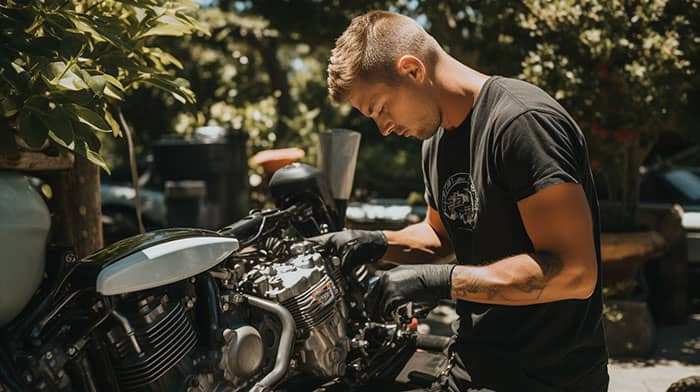
Understanding and mitigating the fear of mechanical failures involves a proactive approach towards motorcycle maintenance and awareness of common issues based on motorcycle types and brands. Here’s a breakdown to help riders feel more secure and in control:
Regular Maintenance and Safety Checks
- Pre-Ride Inspection: Before embarking on any ride, especially long ones, a thorough inspection of your bike is crucial. Check for:
- Tire pressure and tread wear
- Brake functionality and fluid levels
- Chain or belt tension and lubrication
- Steering head and wheel bearings
- Air filter cleanliness
- Scheduled Maintenance: Adhering to your motorcycle’s maintenance schedule ensures that engine oil, brake fluid, and other essential fluids are replaced or topped up as needed, significantly reducing the risk of mechanical failures.
Common Issues by Brand and Type
- Reliability by Brand:
- Japanese brands like Honda, Kawasaki, and Yamaha are known for their reliability, with approximately 1 in 10 Yamaha motorcycles experiencing major problems.
- In contrast, BMW and Harley-Davidson motorcycles have a higher incidence of issues, with nearly 1 in 3 BMWs and about 1 in 4 Harley-Davidsons facing major problems.
- Problematic Areas Based on Bike Type:
- Touring models report the highest problem rates (27%), followed by on/off-road dual-sports (23%) and sport touring bikes (19%).
- Common problem areas include accessories (21%), brakes (20%), and the electrical system (16%).
Cost and Repair Time
- Repair Costs and Downtime:
- The majority of repairs are relatively inexpensive, with 75% costing less than $200.
- About two-thirds of bikes are back on the road within a couple of days, minimizing downtime.
Storage and Long-Term Care
- Proper storage techniques can extend the life of your motorcycle and prevent issues from arising during periods of non-use. Consider:
- Using a fuel stabilizer and running the engine to distribute it
- Lifting tires off the ground to avoid flat spots
- Connecting a battery tender to maintain charge
- Storing in a garage or under a cover to protect from the elements
By staying on top of maintenance, being aware of common issues based on your motorcycle’s brand and type, and understanding repair costs and times, you can significantly reduce the fear of mechanical failures. This proactive approach not only ensures your safety but also enhances your overall riding experience, giving you peace of mind and confidence on the road.
Check out the Effective Strategies for Motorcycle Stops PDF file NHTSA for more information.
Conclusion
Navigating the treacherous waters of fear as a motorcyclist, from the anxiety of crashing to the challenges of poor handling in bad weather, teaches us not only about riding but about ourselves. Throughout this article, we’ve explored various fears that riders face, offering practical tips and strategies from understanding your bike’s power and handling to tackling the social pressures within riding communities and mitigating the fear of mechanical failures. These insights serve as a toolkit for improving not just our skills and safety on the road, but also our enjoyment and confidence in riding.
The journey to becoming a confident rider, undeterred by fear and enriched by a supportive riding community, is ongoing and requires patience, practice, and awareness. By adopting a proactive approach towards learning and maintenance, understanding the value of quality gear, and fostering a positive mindset, riders can transform their experience on the road. Remember, the essence of motorcycling lies not just in conquering physical roads but in overcoming the mental and emotional paths that lead to personal growth and freedom.
FAQs
Frequently Asked Questions
Join Our Riding Community
Get exclusive gear reviews, riding tips, and early access to deals delivered to your inbox.
No spam. Unsubscribe anytime. We respect your privacy.